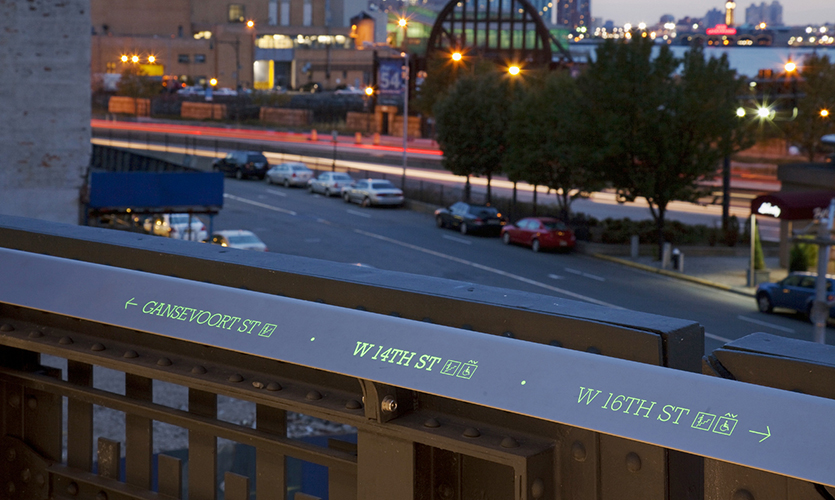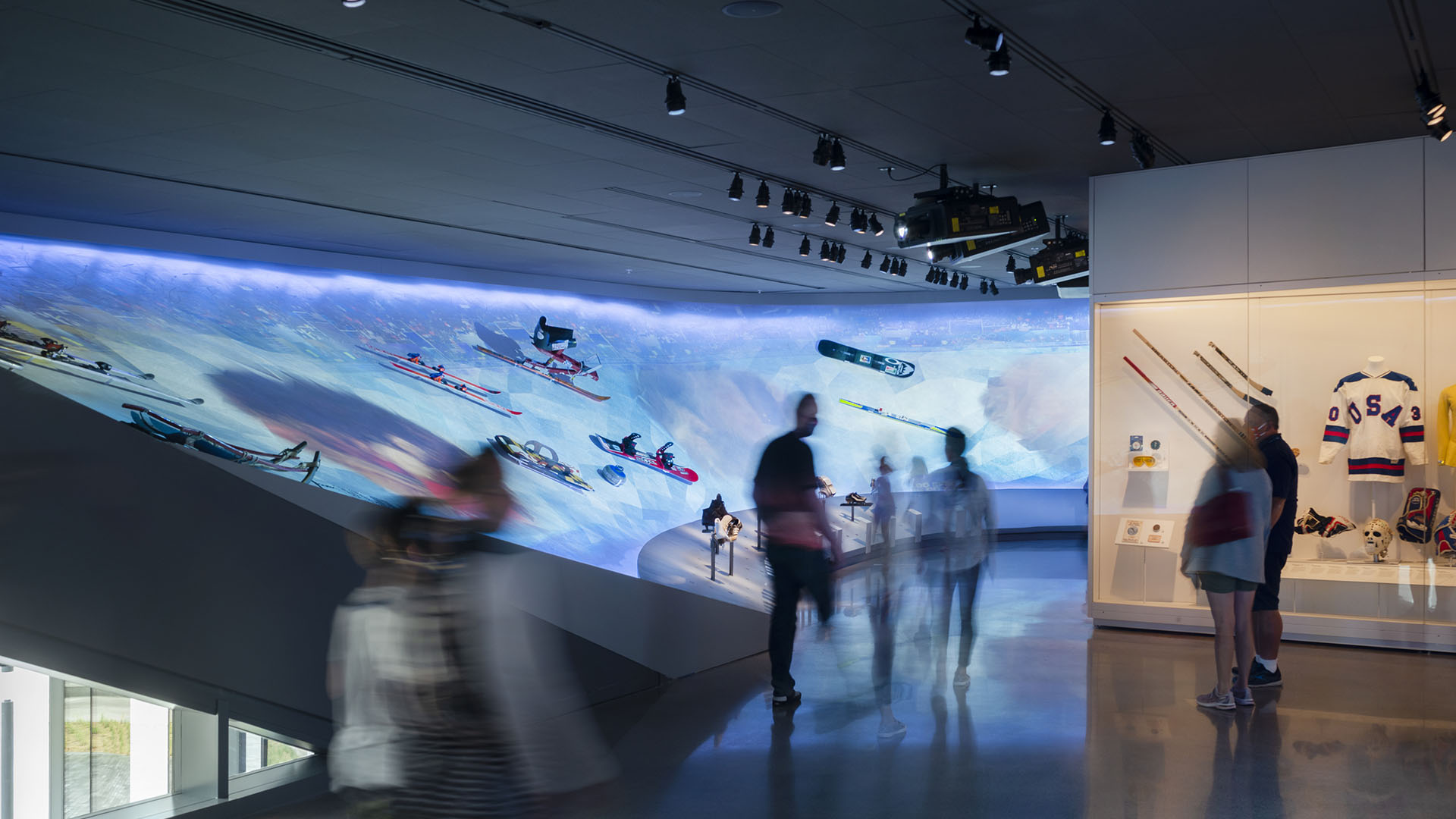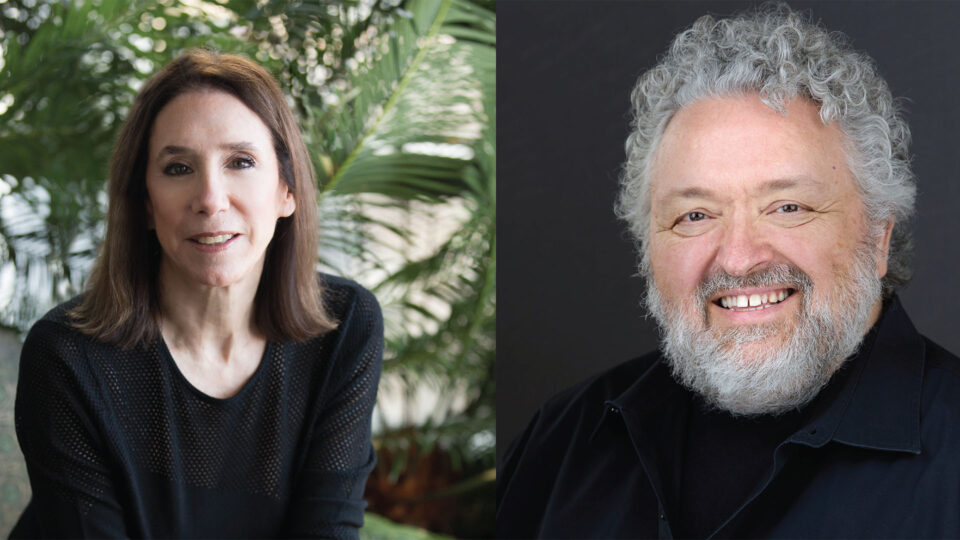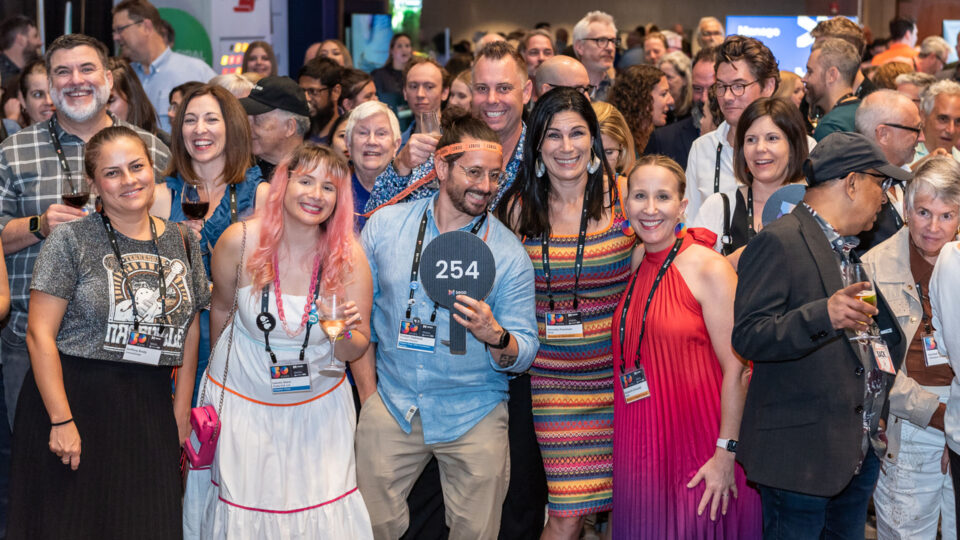50 Years of Experience Design
For 50 years, our members’ work has represented the pinnacle of design for the built environment, influencing the many ways that people move through the world.
Since our founding in 1973, SEGD has represented the pinnacle of design for the built environment. We’re a community of vanguards with a legacy of excellence, and our members’ work has had an indelible influence on the ways that people move through the world. To see why, take a walk with us through the past 50 years of experience design.
1974: Atlantic Richfield Plaza Signage
SEGD Fellow John Follis’ masterwork in scale and iconic use of Helvetica, which will be imitated the world over.
1984: Los Angeles Olympics
A massive visual alphabet of hot colors and modernist geometry that transforms Los Angeles; a landmark collaboration of more than 25 graphic design firms, co-directed by SEGD Fellow Deborah Sussman.
1992: Gurnee Mills
The first giant shopping environment driven by graphic design, where every surface and view is a graphic composition; a tour de force by CommArts, led by SEGD Fellows Richard Foy and Henry Beer.
1993: ADA White Paper
SEGD publishes the first ADA White Paper on accessible wayfinding, setting the standard for understanding and interpreting federal guidelines for design that’s inclusive of people with disabilities.
1993: Holocaust Memorial Museum
SEGD Fellow Richard Applebaum changes the paradigm for historical exhibits by making the viewer a participant. This powerful, immersive experience achieves a delicate balance between fact and emotion, and no museum exhibit will be the same since.
1995: Morgan Stanley Times Square
SEGD Fellows Richard Poulin and Douglas Morris dazzle with one of the first integrated digital building fronts; now we can’t imagine Times Square any other way.
2000: LAX Gateway
SEGD Fellows Robin Perkins and Cliff Selbert welcome the world to Los Angeles with a landmark gateway illuminated by fifteen 100-foot color-changing columns representing the city’s energy, diversity, excitement, and unity, along with the famous LAX sign, which has become an icon of the city.

2004: Clearview
SEGD Fellow Don Meeker and James Montalbono design an extraordinarily legible font for the US Federal Highway Administration, improving visibility for an astounding number of drivers in what is perhaps the most far-reaching impact of any experience design intervention.
2009: High Line
SEGD Fellow Paula Scher creates the identity for New York City’s elevated park with glowing engraved signage that’s fully contained within the elements of the reclaimed space, and starts a ripple effect of cities transforming old railways into urban green spaces.

2010: Universal Symbols in Health Care
SEGD and Hablamos Juntos introduce a set of 56 graphic symbols that make hospitals and healthcare facilities easier to navigate for patients with limited English or reading proficiency.
2015: Virtual Depictions: San Francisco
SEGD Global Design Honor Award-winner Refik Anadol tells the story of San Francisco and its people, using public data sets and architectural algorithms to transform the virtual life of the city into a poetic digital sculpture.

2020: U.S. Olympic & Paralympic Museum
The first museum dedicated to U.S. achievements in both the Olympic and Paralympic games, designed so that guests of all abilities can participate equally in the exhibitions, a vision executed by a multidisciplinary team of SEGD Fellow Patrick Gallagher of Gallagher + Associates and CREO Industrial Arts.

U.S. Olympic & Paralympic Museum
2021: Found in Translation
Richard The’s SEGD Best of Show award-winning installation at Tokyo’s 21_21 Design Sight is a fully personalized, interactive experience of machine translation, a space that responds to the visitor in real time, immersing their senses in language.

People also viewed
-
SEGD’s Epic Celebration of 50 years

SEGD’s Epic Celebration of 50 years
-
Celebrating the Impact of SEGD Fellows on Washington DC’s Cultural Landscape

Celebrating the Impact of SEGD Fellows on Washington DC’s Cultural Landscape
-
The 2023 SEGD CLASS OF FELLOWS

The 2023 SEGD CLASS OF FELLOWS
-
2023 SEGD Global Design Awards Recap

2023 SEGD Global Design Awards Recap
-
2023 SEGD Achievement Awards Recap

2023 SEGD Achievement Awards Recap
-
SEGD At 50 – Reigniting Passion for Experiential Design

SEGD At 50 – Reigniting Passion for Experiential Design


